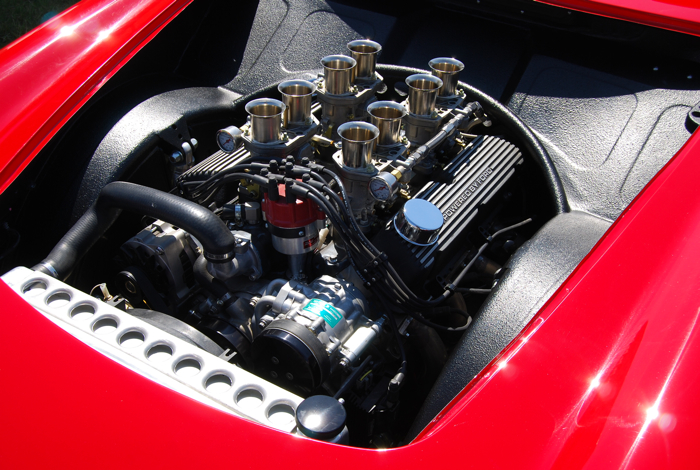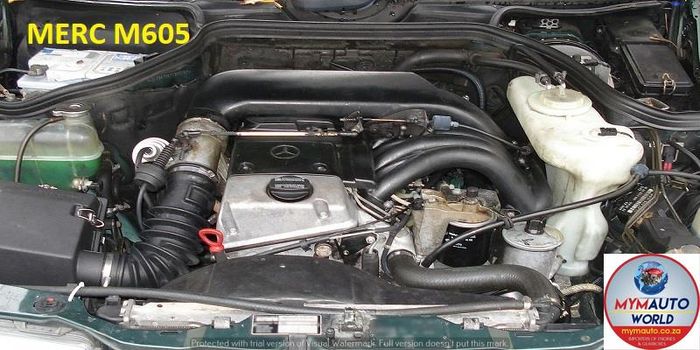Checking Out the most recent Technical Innovations in Import Engines and Exactly How They Improve Driving Experience
In the world of auto engineering, the landscape of import engines is undertaking a profound makeover driven by advanced technical innovations. From the advancement of turbocharged engines to the integration of crossbreed modern technology, the most up to date innovations are transforming the driving experience in means previously unthinkable. As import manufacturers push the borders of efficiency and efficiency with boosted fuel injection systems and sophisticated engine monitoring services, the inquiry arises: Exactly how do these advancements genuinely affect the way we connect with our vehicles on the road?

Development of Turbocharged Engines
In the auto industry, the development of turbocharged engines has actually considerably changed the landscape of efficiency and efficiency. Turbocharging, when primarily seen in high-performance cars, has now come to be a mainstream technology embraced by a variety of cars, from small hatchbacks to deluxe cars. The fundamental principle behind a turbocharged engine is basic yet reliable - by forcing more air into the combustion chamber, it enables even more gas to be burned, resulting in enhanced power outcome.
Among the crucial advantages of turbocharged engines is their ability to deliver even more power from smaller, extra fuel-efficient engines. This downsizing trend has actually caused a decrease in emissions without compromising performance, making turbocharging an appealing choice for automakers aiming to satisfy rigid ecological guidelines. Turbocharged engines use improved torque at lower RPMs, offering chauffeurs with a much more responsive and dynamic driving experience.
As modern technology proceeds to development, we can expect further innovations in turbocharging, leading to also better degrees of performance and efficiency in the auto market.
Innovations in Fuel Shot Systems
Modern gas injection systems have actually developed to supply fuel extra efficiently and specifically into the engine cyndrical tubes, boosting overall engine efficiency and fuel efficiency. One of the key developments in gas injection systems is the shift from typical port fuel shot (PFI) to even more sophisticated straight fuel injection (DFI) modern technology.
In addition, the assimilation of digital control devices (ECUs) and sensing units in gas shot systems has actually permitted for real-time changes to sustain distribution based on numerous variables such as engine lots, temperature level, and driving problems. Furthermore, improvements in gas injector style, materials, and spray patterns have contributed to cleaner combustion and smoother engine procedure.
Assimilation of Crossbreed Modern Technology
The advancement of gas injection systems towards greater performance and efficiency has actually set the phase for the seamless assimilation of hybrid modern technology right into contemporary engines. Hybrid technology incorporates using standard internal combustion engines with electrical propulsion systems, using improved fuel performance and minimized emissions. By integrating electrical motors and batteries into the powertrain, hybrid engines can supplement the inner combustion engine during velocity or low-speed driving, thus boosting general performance.

Enhanced Engine Management Solution
What are the vital innovations in engine management systems that are enhancing the performance and efficiency of modern-day engines? Engine administration systems have actually gone through considerable improvements to enhance engine efficiency and efficiency. One essential technology is the integration of sophisticated sensing units that continuously keep track of various criteria such as engine temperature, air-fuel ratio, and exhaust discharges. These sensors provide real-time information to the engine control unit (ECU), enabling exact adjustments to be made to maximize combustion procedures and fuel performance.
Furthermore, modern engine management systems use advanced algorithms and man-made knowledge to examine the information gathered by sensors and make dynamic modifications to factors such as ignition timing, gas shot, and turbocharger boost pressure. This degree of precision and versatility outcomes in improved engine responsiveness, boosted power result, and reduced gas intake.
Additionally, engine administration systems currently include advanced diagnostic capacities that can spot and attend to concerns such as misfires, sensing unit malfunctions, and fuel system abnormalities in real-time, therefore enhancing overall engine dependability and long life. These advancements in engine management systems play a vital function in improving the driving experience by delivering optimum performance, fuel effectiveness, and integrity.
Impact of Lightweight Materials
Including lightweight materials in engine production has actually revolutionized the vehicle sector's approach to improving gas performance and performance. Making use of materials such as carbon titanium, fiber, and aluminum has significantly lowered the overall weight of engines, leading to enhanced power-to-weight ratios and boosted fuel economic situation. These lightweight products offer a greater strength-to-weight ratio compared to conventional materials like steel, allowing for greater resilience without compromising performance.
Among the vital advantages of utilizing lightweight materials in engine construction is the decrease of inertia, leading to quicker engine reaction times and enhanced overall automobile dexterity. Additionally, the lighter weight adds to lower energy intake, making vehicles much more eco friendly by decreasing exhausts.
Furthermore, the application of light-weight products in engine components such as pistons, linking poles, and crankshafts has enabled designers to push the boundaries of efficiency without sacrificing integrity (import engines). This technology has led the way for a lot more powerful and reliable engines that supply an exceptional driving experience while meeting rigid emissions criteria
Final Thought
In conclusion, the most current technological technologies in import engines have dramatically improved the driving experience. From the advancement of turbocharged engines to improvements in gas injection systems, assimilation of hybrid modern technology, enhanced engine monitoring systems, and making use of light-weight products, these developments have actually collectively enhanced performance, fuel performance, and overall driving characteristics. Source As technology remains to breakthrough, we can expect much more interesting growths in the future of import engines.
Modern fuel injection systems have actually advanced to deliver fuel extra efficiently and exactly right into the engine cylinders, enhancing general engine efficiency and fuel effectiveness - import engines. By incorporating electrical motors and batteries into the powertrain, hybrid engines can supplement the interior burning engine during acceleration or low-speed driving, consequently enhancing general efficiency
What are the crucial improvements in engine management systems that are enhancing the efficiency and effectiveness of modern engines? Engine monitoring systems have actually click here for more info undertaken substantial advancements to enhance engine efficiency and performance. From the evolution of turbocharged engines to improvements in fuel shot systems, integration of crossbreed innovation, boosted engine administration systems, and the use of light-weight materials, these advancements have jointly improved efficiency, fuel effectiveness, and overall driving characteristics.